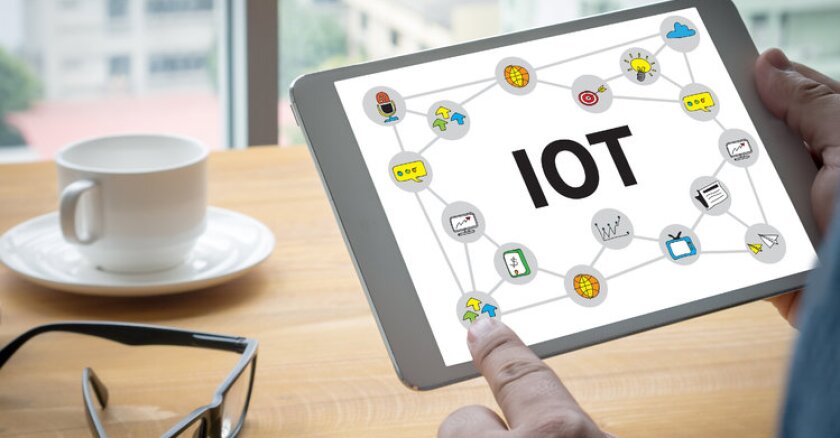“Think about that in conjunction with facial recognition, which got much, much better in 2017. So we're now at a point where one flight of a jet from a New York to Chicago creates a terabyte of data because it has 100 sensors on it. We don't really think about an airplane being big data, but because everything has a sensor in it, an airplane ride now creates an ocean of data. As big data increases, everything we do will be considered IoT,” said Vander Ark.
This is where artificial intelligence comes in. AI has been around for 50 years, but according to Vander Ark, “what's new is the fact that we're now all carrying around a supercomputer in our pockets. The price of computing and storage is very close to zero.”
He goes on to state that “you have to know data science if you want to improve water quality or air quality, there's a big data set associated with that and the solution is likely to lie in that big data set. If you're interested in social services and helping people, we now can collect massive amounts of data about what's happening in your community and you can better understand and better target the services that you want to deliver. So whether we're talking about transportation and harnessing autonomous vehicles or public services or lifelong learning, all of those things are currently being aided by artificial intelligence.”
This era of big data is only possible because of the information being generated by sensors and data collection in every aspect of life. This era of big data is what allows AI to be accurate and keep improving to understand student and teacher needs, and where AI and IoT intersect.








